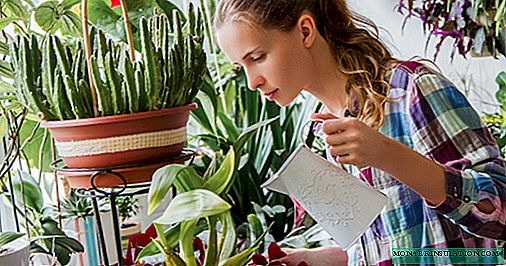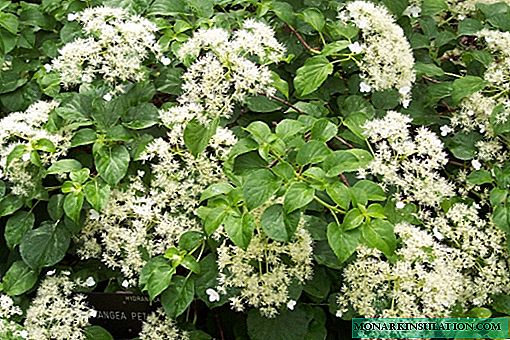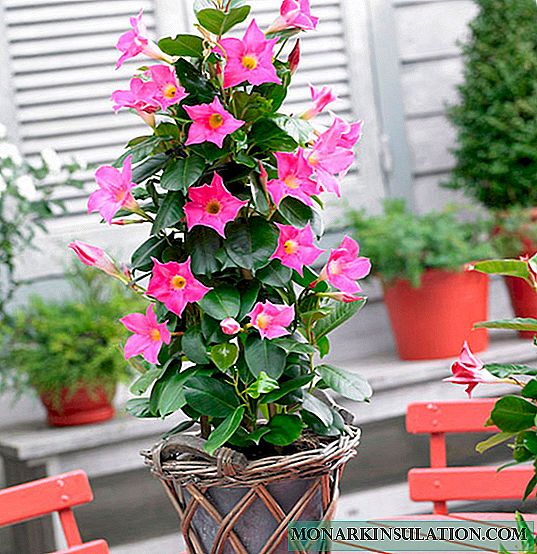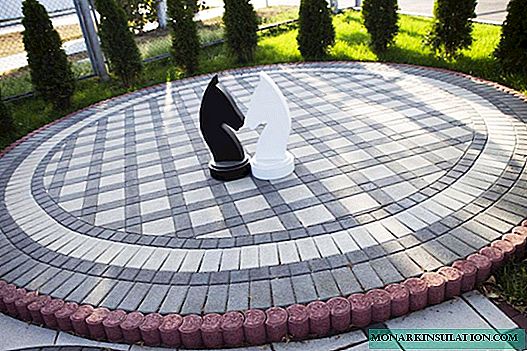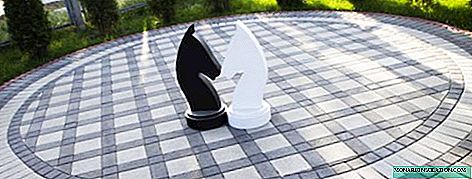
Paving slabs are a practical finishing material that opens up great opportunities for creativity. There are many types of paving slabs of various shapes and textures. This material is available in a wide range of colors, but usually two colors are enough to create an attractive pattern on the site near the house or on the garden path. Options for laying paving slabs are different, which to prefer - depends on the place and its purpose.
The main methods of laying paving slabs
There are three main ways:
- on a sand pillow;
- on cement-sand mixture;
- on cement-sand mortar.
Before laying tiles in any way, you need to prepare the base well - remove the top layer of soil. If you are going to lay tiles on a soil layer overgrown with grass, in addition to sand, gravel will also be needed to level the surface. After that, a layer of sand (5-10 cm) is poured onto the base. The surface of the base can be tamped, or you can simply pour water from a hose with a nozzle, allowing moisture to absorb.
In the first, simplest case, the tile can be laid on wet sand. This is a good laying method for garden paths; water will practically not stagnate on them, it will be absorbed by the seams and go into the sand, and then into the ground. But this styling option cannot be called thorough.
The second method is easy and more practical. To create a mixture, cement and sand are mixed (1/5 ratio), the mixture is evenly distributed over the site, after laying the tiles, its surface must be poured with water. Water will provide the mixture with a good setting, penetrating between the seams.
Laying tiles on a cement-sand mortar is the most reliable option, but also the most difficult. Manually preparing a solution is difficult, so it is advisable to have a concrete mixer here. The ratio of cement and sand is also 1/5, the prepared solution is laid out on the base, for leveling we use trowels. The solution layer is 3-4 cm. To lay the tiles we use a rubber mallet. If laying is done without a slope, be sure to use the gutters to drain the water.
The above methods of laying paving slabs will help in choosing the appropriate option, but this is only half the story. It is very important to lay the tiles qualitatively so that the resulting coating is durable and practical, but the design of laying paving slabs is given considerable importance.
Using tiles of various colors, with an interesting textured surface, laying them out according to a certain pattern can create a coating that is really interesting and aesthetically attractive, pleasing to the eye and revitalizing the appearance of the yard and garden.
Paving slabs as a means of decorating the yard and garden
The layout of paving slabs can be either very simple, when two colors are combined in a certain order, or complex, with which you can create real drawings.
To pave the yard or garden path, you can choose a classic rectangular tile. Despite the fact that its shape is simple, rectangles of different colors can be successfully combined to form an interesting pattern. When choosing curly tiles, the track will look even more original.

A nice track was created using gray “brick” tiles and red tiles framing the sides of the track. A staircase in tone, a path made of decorative cuts in the shape of flowers give this part of the garden completeness

Different variants of ornament on paving slabs are created using the color, shape and alternation of tiles according to a specific pattern.

Textured tiles are a good option for the garden, allowing you to create original patterns and combinations. Its color can be in harmony with the color of soil, green lawns. In this case, the pattern of leaves on the surface is appropriate in the garden.
Christmas tree and wicker
Popular patterns for laying paving slabs include a herringbone and a wicker. The herringbone pattern can be obtained by laying out tiles at a certain angle - 90 ° or 45 °. Braiding is a variant of the Christmas tree, when the alternation of tiles resembles interweaving. The braid is created by alternating longitudinal and transverse styling.
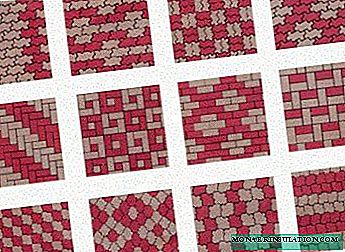
Simple patterns for creating patterns on the paving slabs of rectangular and curly shape. To create a spectacular pattern, you can use only two colors. In the first row in the second illustration - herringbone, in the fourth row in the second illustration - wicker
Chaos or random mixture
A simple styling method that will look good on the track is chaos or a random mixture. To create a chaotic pattern, you can use tiles of different colors and sizes, stacking it in random order. This is not difficult, but the result can be interesting.
Chess order
A two-color square-shaped tile laid out in a checkerboard pattern always looks spectacular. You can use two rectangular tiles to create cells.
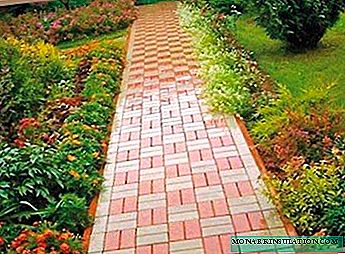
A path in the garden, where rectangular tiles are laid out in two in a checkerboard pattern, forming neat symmetrical squares. Plants are in harmony with the color of the track
Circular pattern
Among the examples of laying paving slabs, a circular pattern occupies a special place. The pattern "circular pattern" will create a beautiful platform in front of the house, a place of rest in the garden. If a creative person works on creating a pattern from a tile, you can deviate from the usual patterns, creating beautiful patterns that look very impressive in the usual position or from a height.

An example of a combination of a circular pattern and a “random order” scheme, when creating a template, the tiles are laid out strictly by color, forming circles of different colors, circles are framed by tiles of the same colors, laid out in random order

The drawing was created according to the “leaflet” template, as a result we got a beautiful composition on the recreation area, even more spectacular due to the framing of the picture with sandstone on one side
Tile and lawn (flowerbed)
An interesting combination forms a tile and a lawn when a part of the lawn is framed by a tile or a small flowerbed is created in the center of the path or platform. This is an element of landscape design, using which you will make your site more aesthetically attractive.
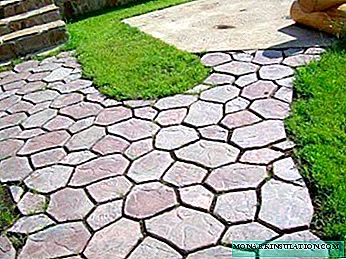
Tile and lawn - a beautiful harmonious combination. Irregular shape of the tile, wide seams expressively look on the background of green grass
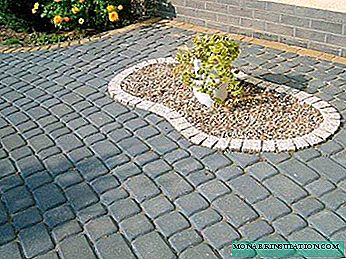
In the center of the tiled path, small flower beds look original, becoming an interesting detail in the appearance of the garden and courtyard
There are quite a few types of laying paving slabs, the material is inexpensive and will not need much for a small garden, and in combination with other decorative means it will help you make your yard and garden cozier and more beautiful.

